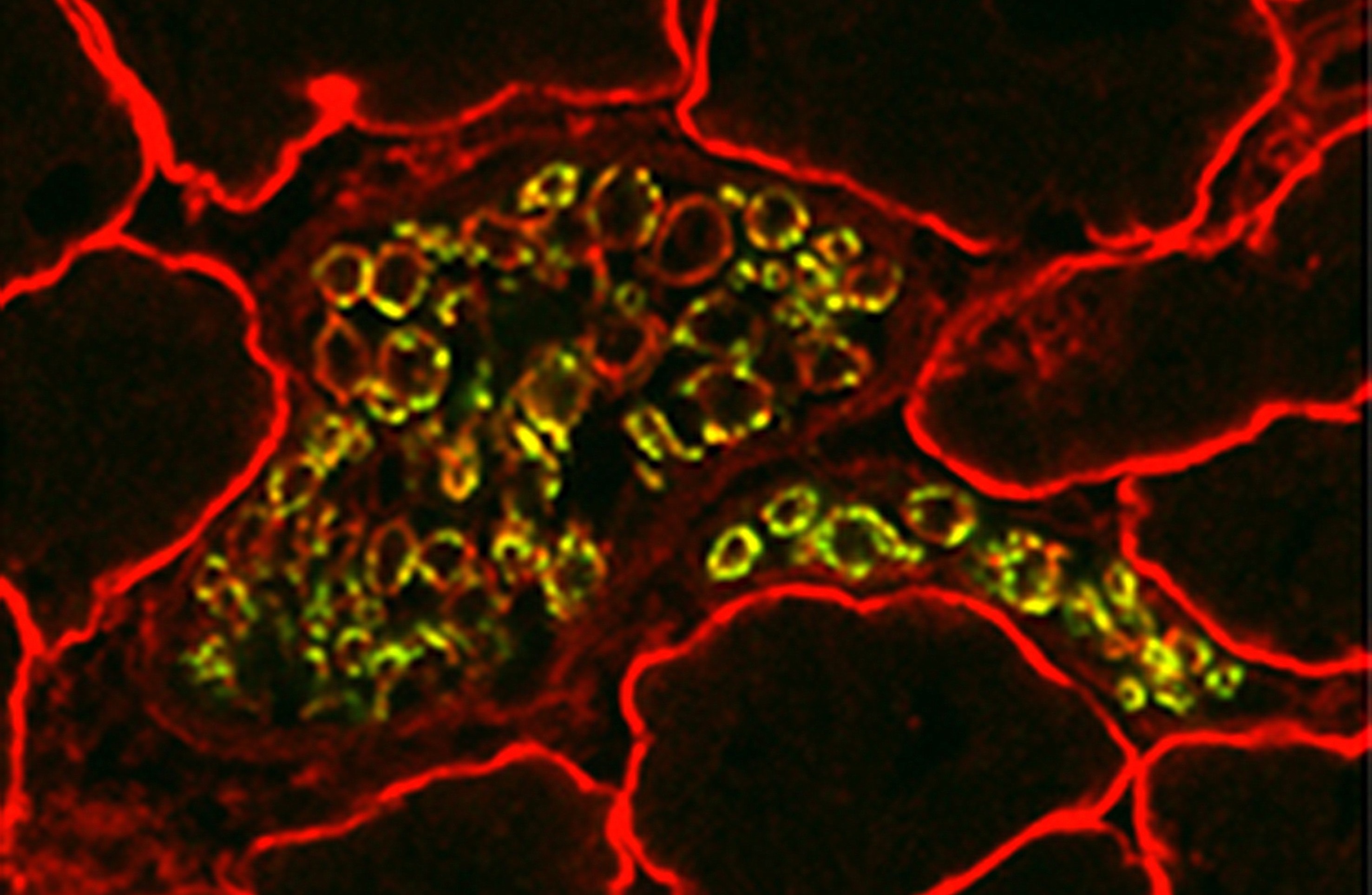Prevention of Glucocorticoids-Induced Muscle Atrophy and/or Enhancement of Muscle Regeneration Via Neutrophil Elastase Inhibition

Background
Muscular dystrophy encompasses more than 30 inherited diseases characterized by muscle weakness and muscle loss. All forms of muscular dystrophy are progressive and deteriorating. At the moment, there is no cure for muscular dystrophy. Available treatments aim to alleviate symptoms and prevent complications. Low dose corticosteroids such as prednisone may help to maintain muscle tone however there are serious side effects associated with the long term use of these drugs. New disease modifying medications are sorely needed to help patients with muscular dystrophy.
Technology
Researchers at Stony Brook University have identified elastase as a target for therapeutic intervention in muscular dystrophy. She has shown that elastase levels and activity are elevated in dystrophic muscle which leads to impairment of myoblast survival, proliferations and differentiation. Importantly, in vivo data demonstrates that inhibiting elastase activity in a dystrophic animal model leads to an increase in grip strength and muscle fiber size. In addition, elastase inhibition results in a decrease in fibrosis and inflammation around the muscle fibers, which are both thought to be important contributors to the long term progression of the disease. Further Details: - Arecco et al. Sci Rep. 2016 May 31;6:24708
Advantages
-Increases muscle regeneration, muscle size, muscle function -Reduces inflammation and fibrosis -Clinical use of elastase inhibitors has been shown to be safe -Potential companion diagnostic available
Application
- Muscular Dystrophy - Duchenne Muscular Dystroph
Inventors
Addolorata Pisconti, Associate Professor, Biochemistry and Cell Biology
Licensing Potential
Development partner,Licensing
Licensing Contact
Sean Boykevisch, Director, Intellectual Property Partners, sean.boykevisch@stonybrook.edu, 6316326952
Stage of Development
Tech ID
050-9035
